The History of Hanfu Hairpins: A Timeless Accessory

Over China’s 5,000-year history, hairpins—jewels for securing and styling hair—have left their mark.
Ci Hai defines it: “Zan, a long pin ancients used to fix buns or attach caps, later became a women’s hair ornament.” Shi Ji • Hua Ji Lie Zhuan mentions, “A dropped earring ahead, a lost hairpin behind.” Du Fu’s Chun Wang adds, “White hair scratched shorter, barely holding a hairpin.”

China’s ethnic minorities have long used hairpins to tie and beautify hair, boasting diverse styles with deep cultural roots. The Tang and Song dynasties marked a golden age for hairpins. Tang Dunhuang murals show women adorned with floral pins, a trend echoed in paintings of the era.
For Han women, inserting a Ji (hairpin) signaled adulthood, marked by a “Ji Li” ceremony from the Zhou era.
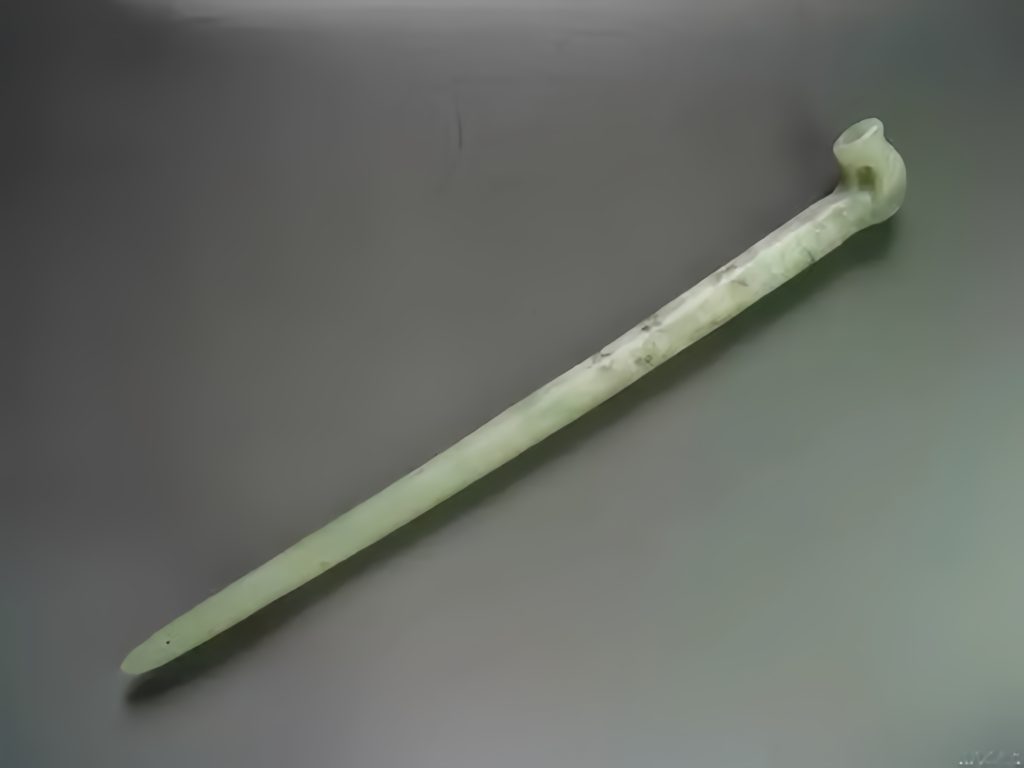
Ancient hairpins came in many forms—bone, stone, pottery, shell, thorn, bamboo, wood, jade, copper, gold, ivory, horn, and tortoiseshell.
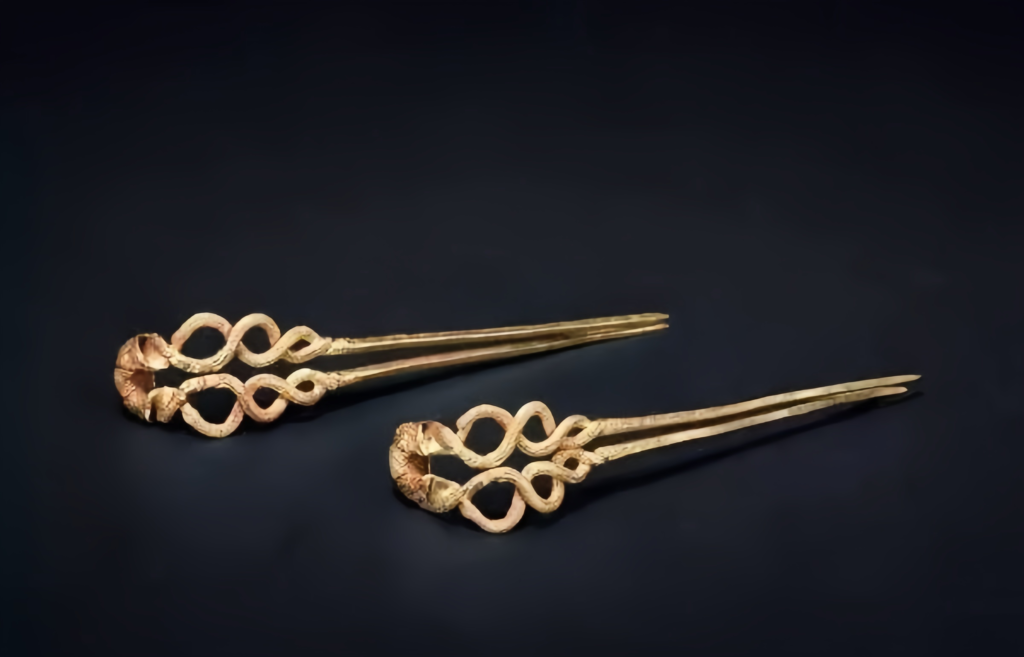
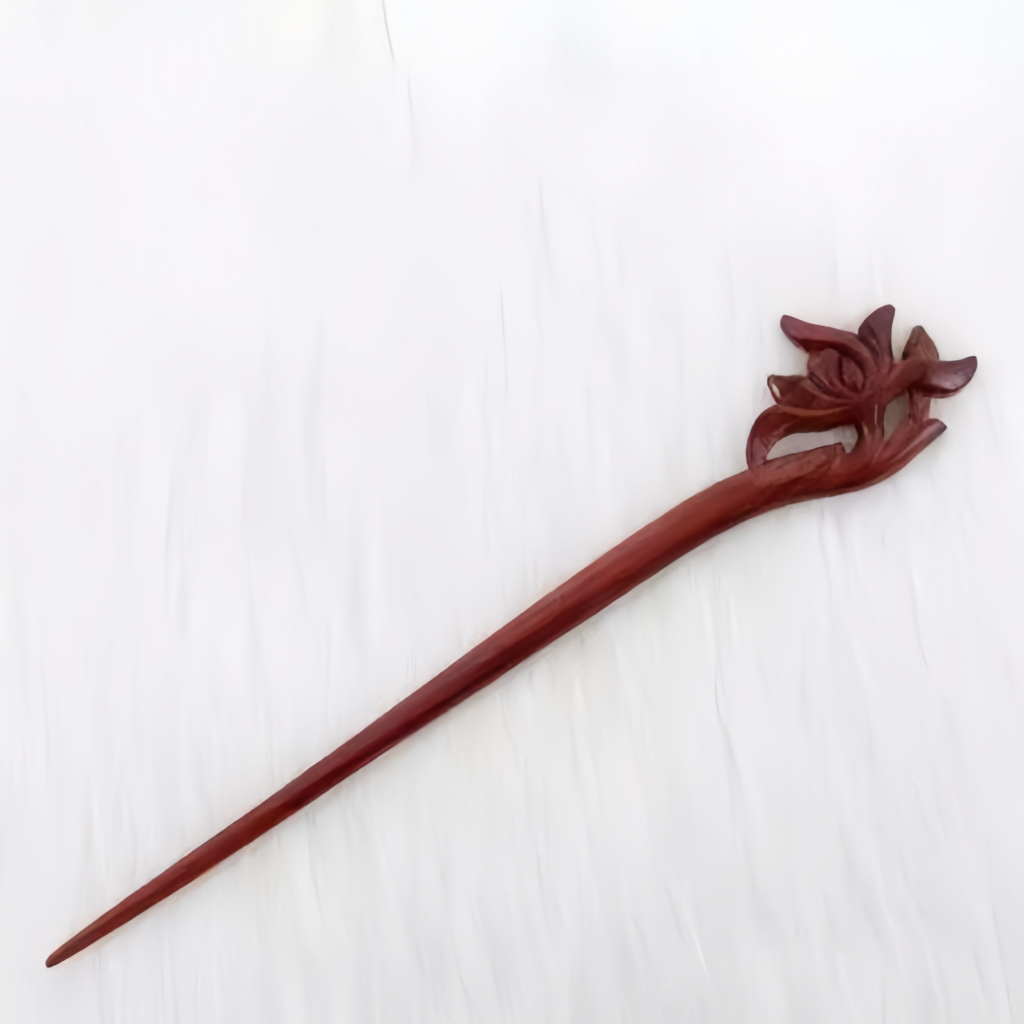
Styles varied widely, especially the pinhead, often shaped like flowers, birds, fish, or animals—think plum, lotus, chrysanthemum, peach, peony, or hibiscus. Ming’s Tian Shui Bing Shan Lu lists names like “gold peach-top pin,” “gold plum jewel pin,” “gold chrysanthemum jewel pin,” “gold gem-top pin,” “gold lotus-hanging pin,” “gold cat-eye pin,” and “gold kingfisher plum pin.” Animal-themed pins featured dragons, phoenixes, kirins, sparrows, or fish, with phoenix pins being the fanciest and most common.
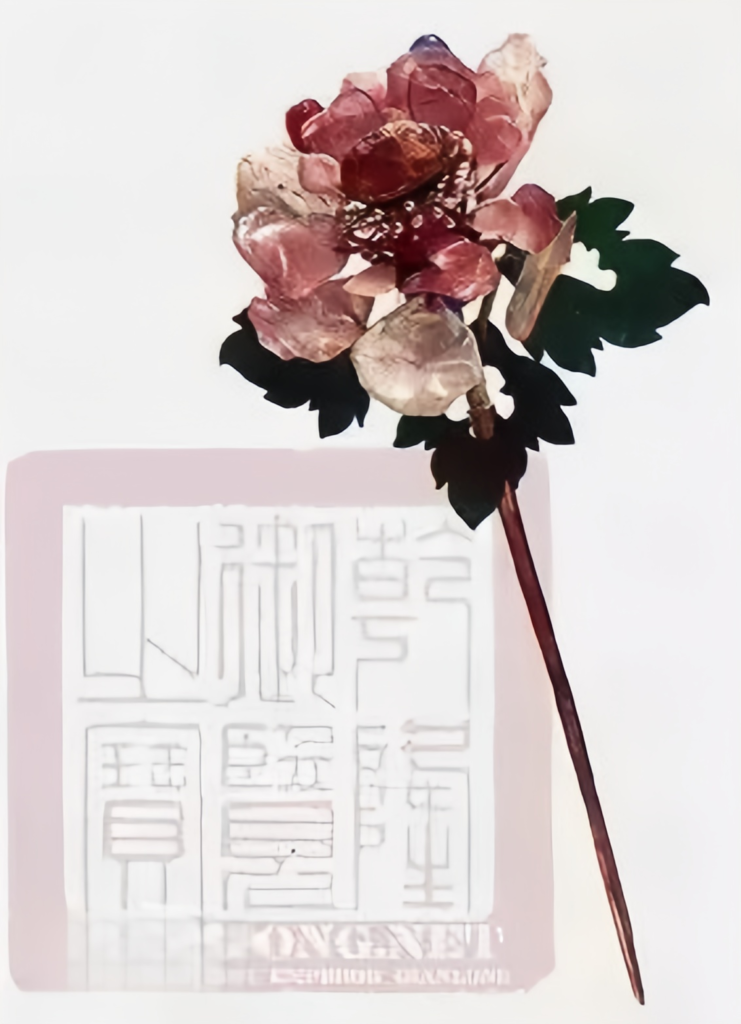
Another headpiece, the “Fa Chai” (hairpin pair), differed from hairpins—single pins versus double-pronged. Usage varied too. Popular since late Western Han, Fa Chai remains a staple today, evolving into modern hair clips.
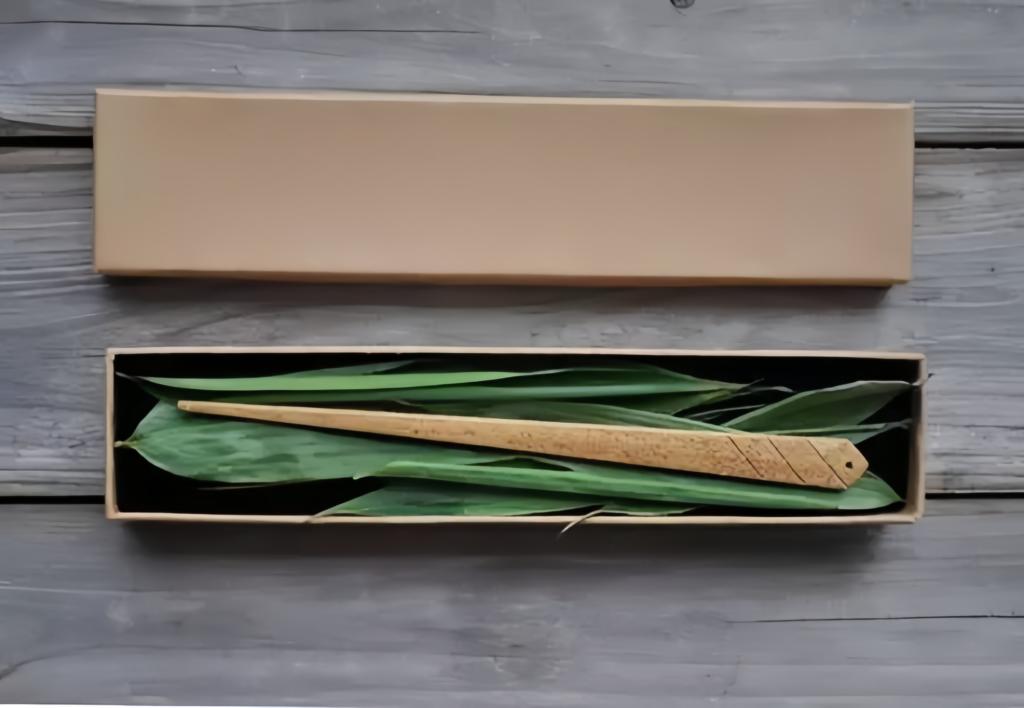
Fa Chai stood out with decorated tips—carved dragons made a “Pan Long Chai,” noted in Jin Cui Bao’s Gu Jin Zhu as “crafted by Liang Ji’s wife.” Phoenix-adorned “Luan Chai” were wedding favorites, symbolizing luck in Han culture.
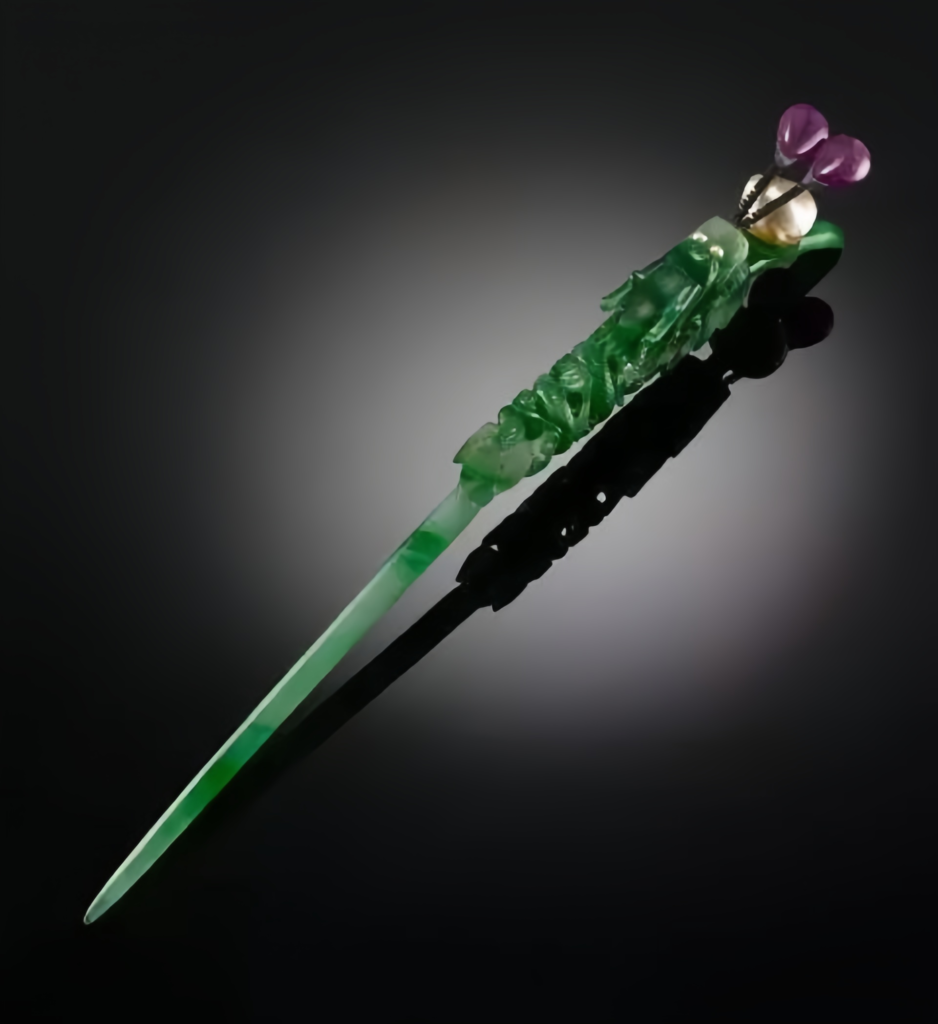
Placement varied—horizontal, vertical, diagonal, or upside-down—with two to twelve pins, often six per temple based on bun needs.
Add a movable flower branch with dangling beads or jade to a Fa Chai, and you get a “Bu Yao” (step-shaker). Shi Ming • Shi Shou Shi explains: “Bu Yao has hanging beads that sway with steps”—spot-on!
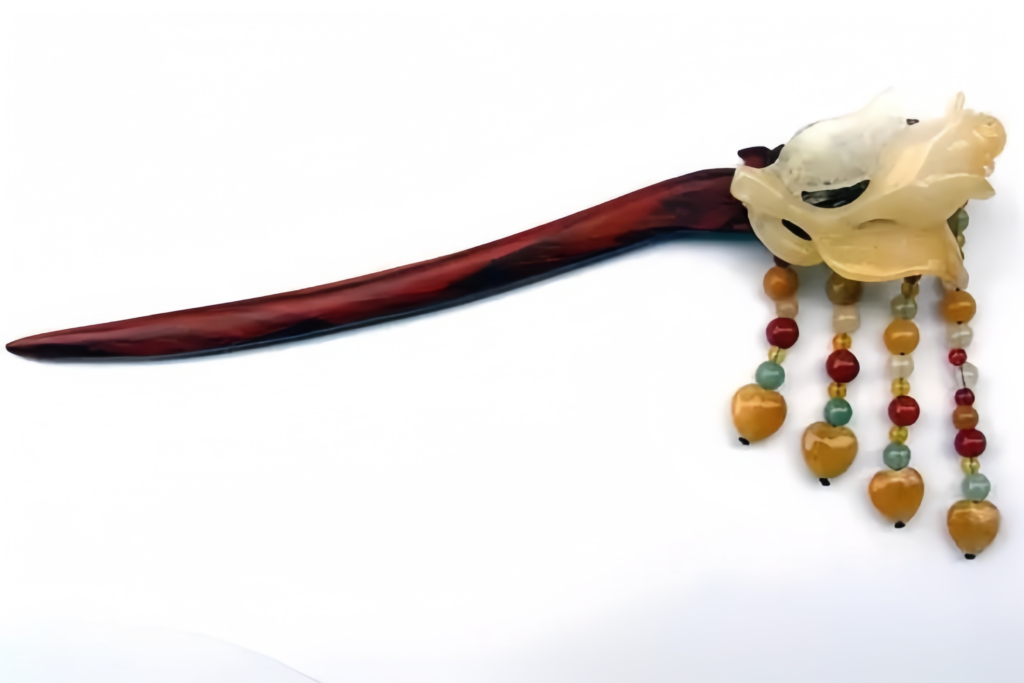
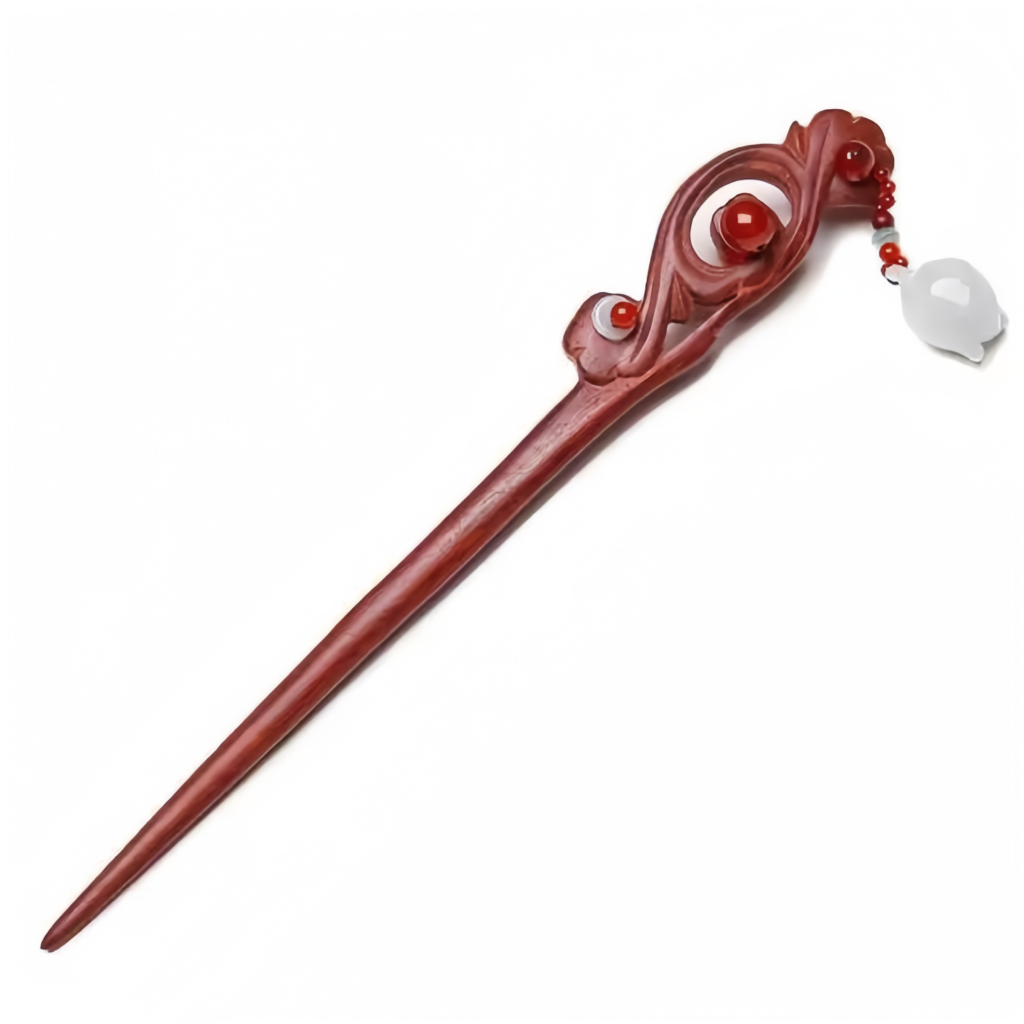
As times changed and hairstyles evolved, hairpins lost much of their Han significance and faded. Yet, minorities keep the tradition alive. Miao women wear 7-8 pointed silver pins in their top buns, while Li brides sport over ten, exuding rustic elegance. Today’s ethnic hairpin materials, shapes, and crafts blend historical styles with regional flair.
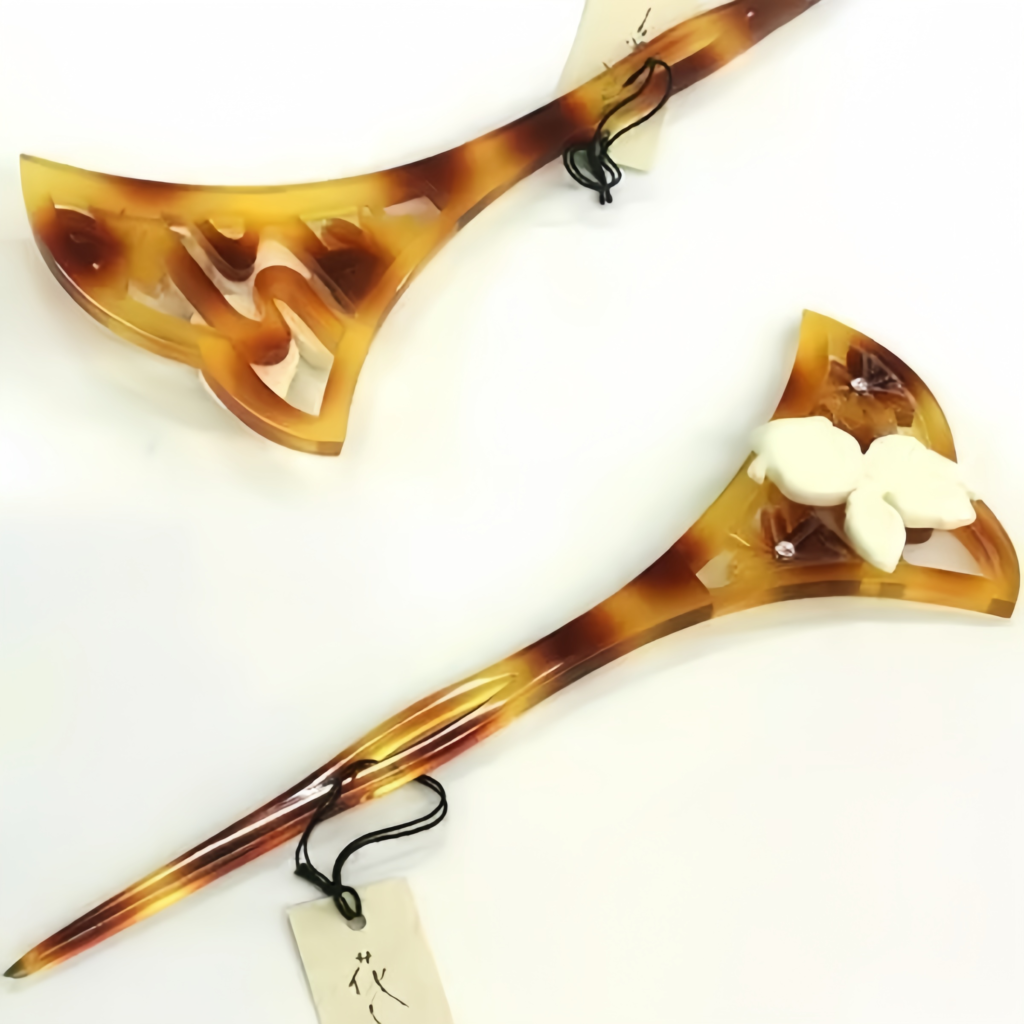
Hairpins also serve as love tokens in some areas. During Guangxi Donglan’s Zhuang and Yao New Year copper drum ritual, unmarried girls tap drums with silver pins from their braids, gifting them to suitors—a cherished gesture. Post-wedding, husbands return the pins to their wives’ hair, praying for a happy, lifelong bond.
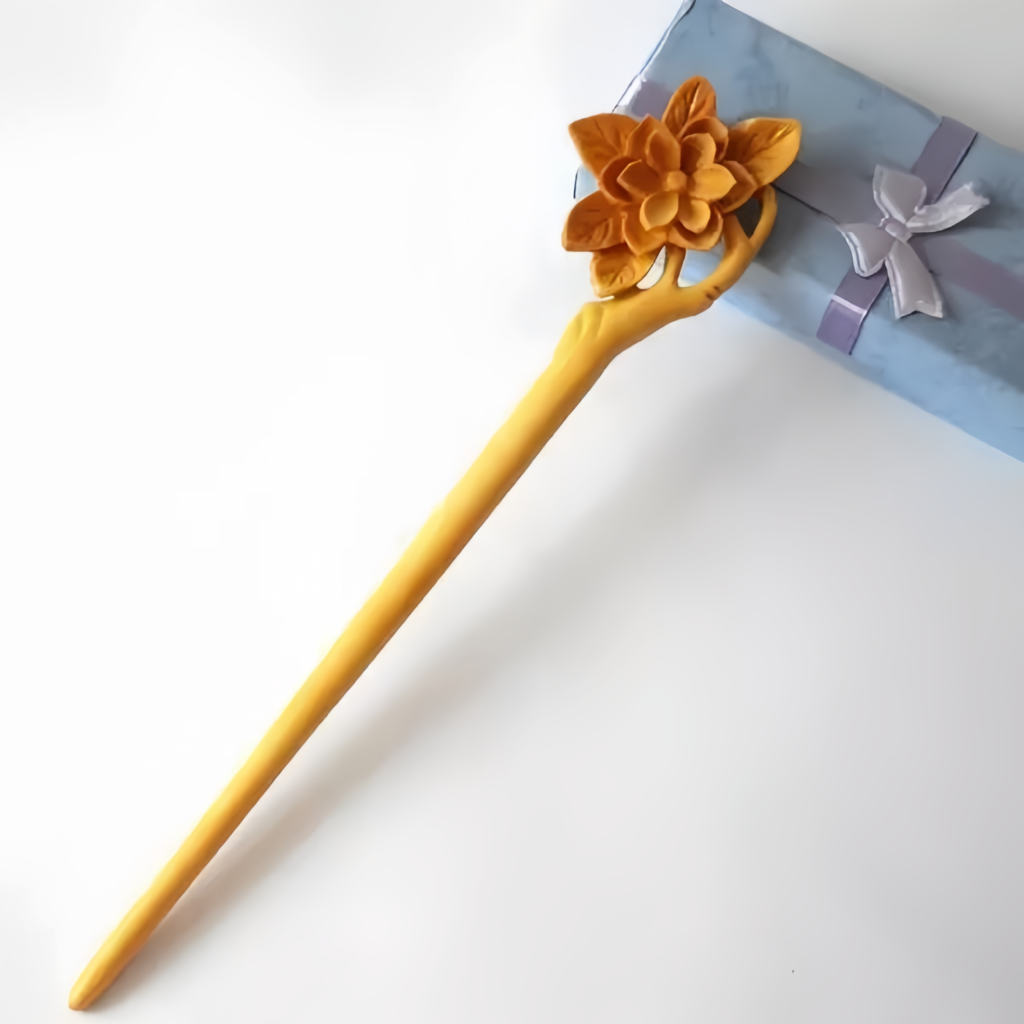
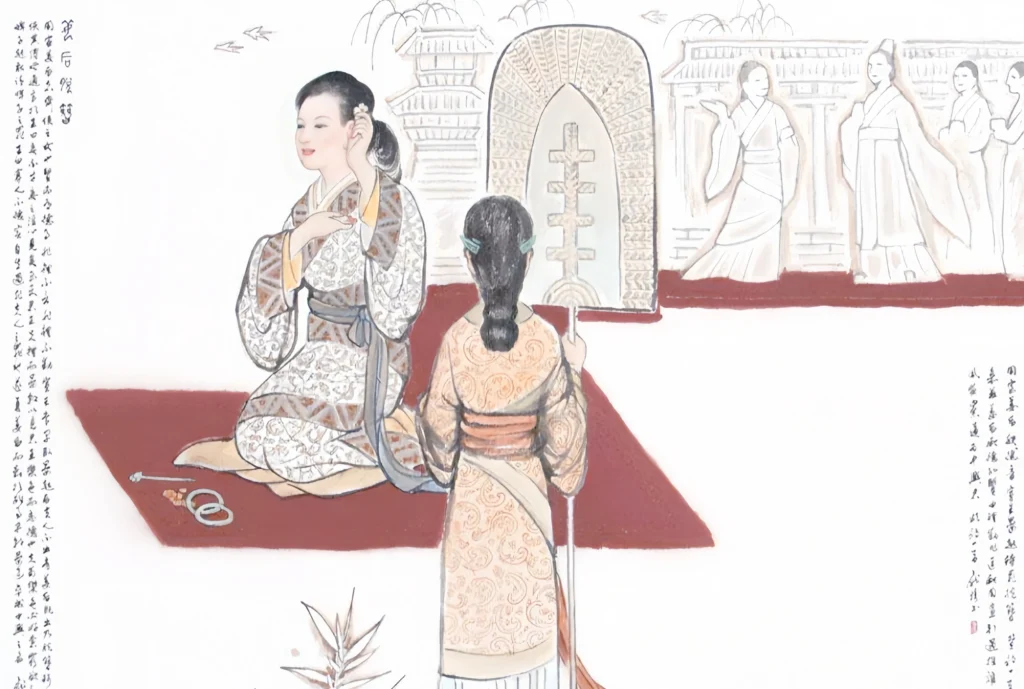


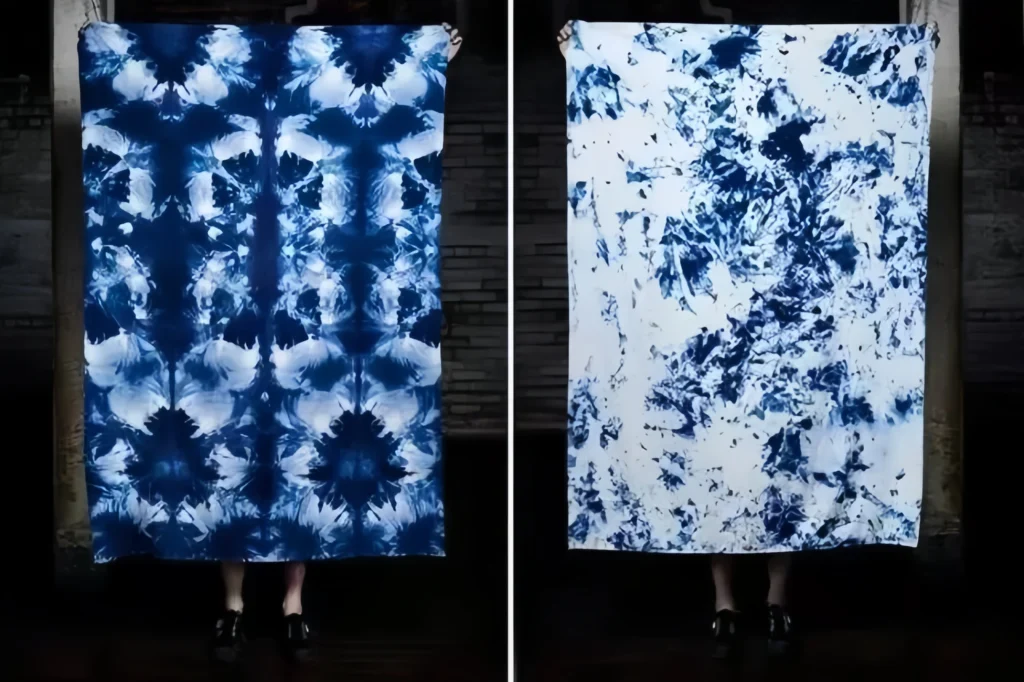
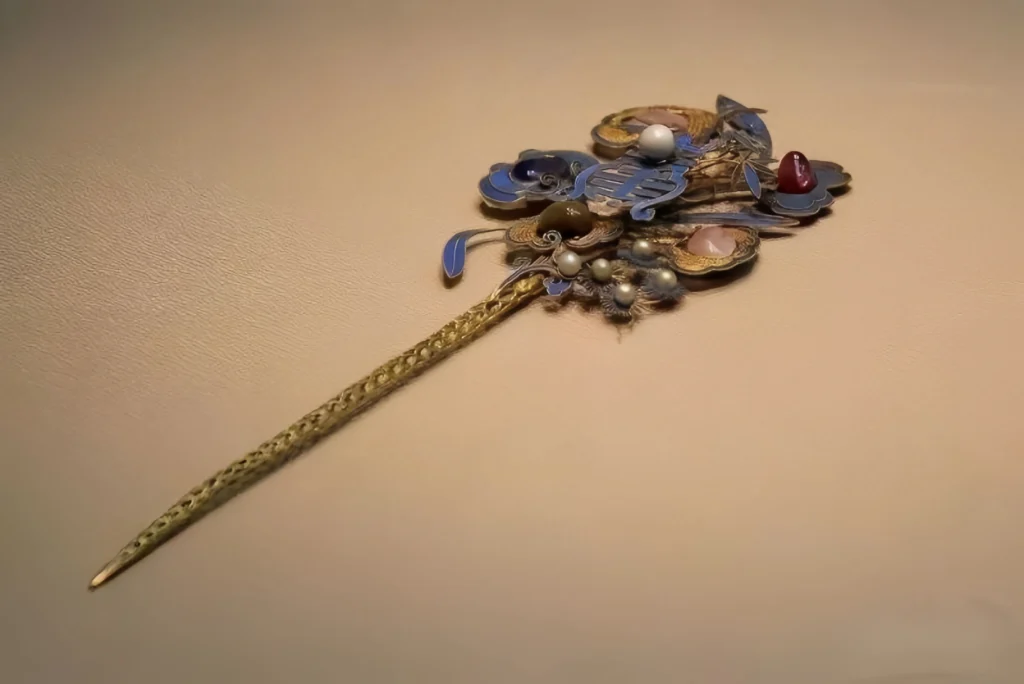
Some genuinely nice and useful information on this website , as well I believe the style and design holds wonderful features.